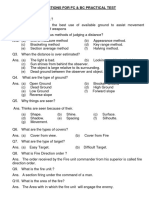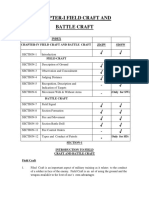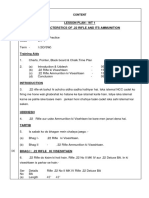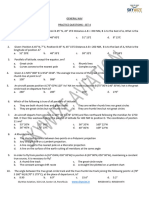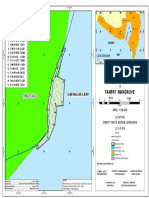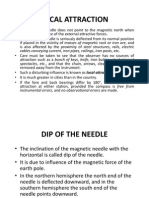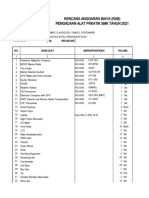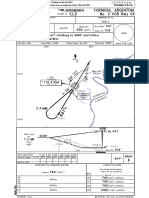0% found this document useful (0 votes)
3K views3 pagesMap Reading Question
This document contains questions about map reading and navigation tools. It includes multiple choice and subjective questions about topics such as:
1. The definition of a map and its typical components.
2. The different types of maps including historical, relief, geographical, and military maps.
3. Navigation tools like compasses and their parts, how to take bearings and measure directions, and how tools like GPS are used.
4. Map reading skills such as determining scale, orientation, and using tools to identify location and directions between points.
Uploaded by
Gautam AcharyaCopyright
© © All Rights Reserved
We take content rights seriously. If you suspect this is your content, claim it here.
Available Formats
Download as PDF, TXT or read online on Scribd
0% found this document useful (0 votes)
3K views3 pagesMap Reading Question
This document contains questions about map reading and navigation tools. It includes multiple choice and subjective questions about topics such as:
1. The definition of a map and its typical components.
2. The different types of maps including historical, relief, geographical, and military maps.
3. Navigation tools like compasses and their parts, how to take bearings and measure directions, and how tools like GPS are used.
4. Map reading skills such as determining scale, orientation, and using tools to identify location and directions between points.
Uploaded by
Gautam AcharyaCopyright
© © All Rights Reserved
We take content rights seriously. If you suspect this is your content, claim it here.
Available Formats
Download as PDF, TXT or read online on Scribd
/ 3







